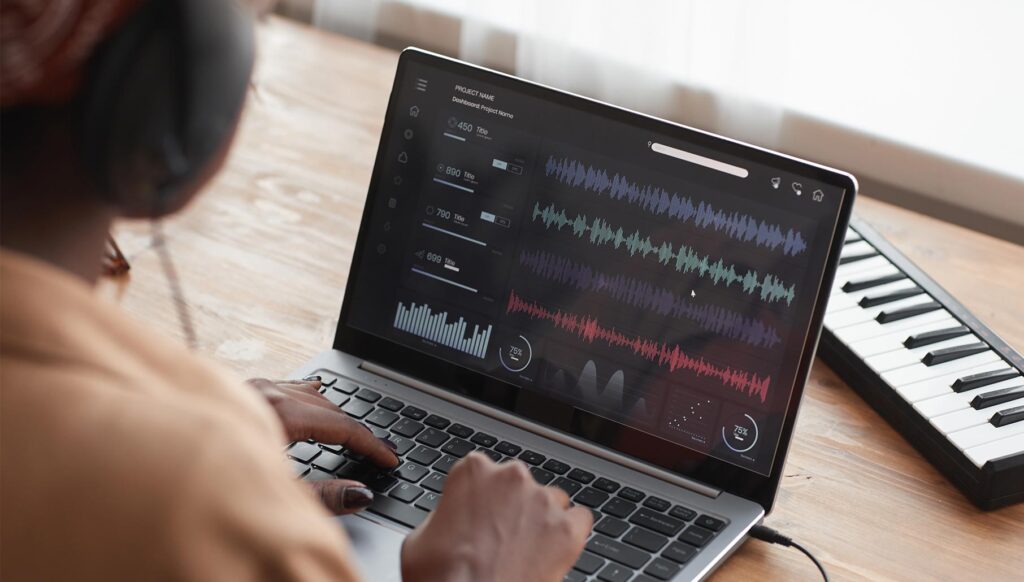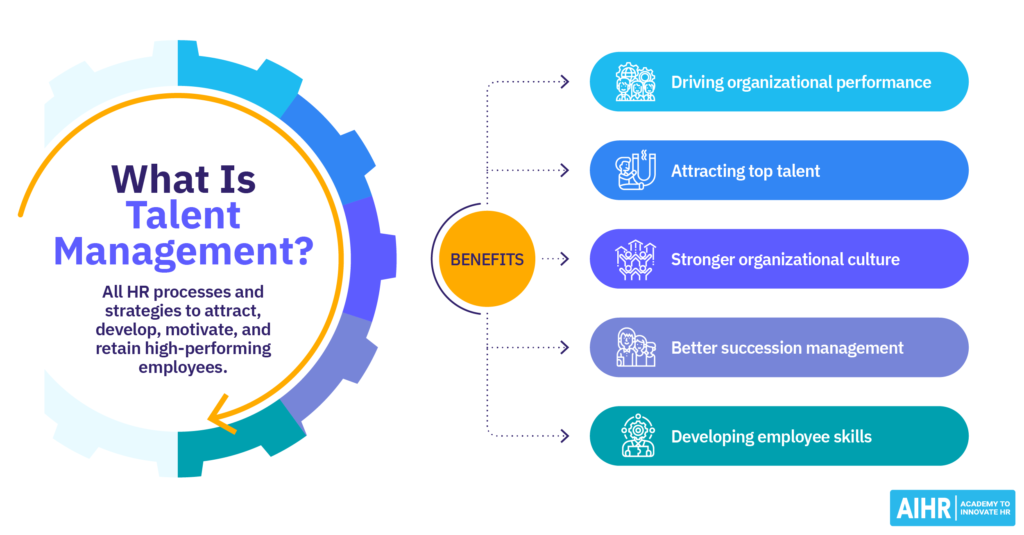Everyone uses music to express how they’re feeling, but when making movies, the right soundtrack can really elevate the viewing experience and your project. This article discusses the significant role music has in video creation as well as some practical tips on selecting an ideal backdrop for your video project.
The Significant Role of Music in Video Creation
1. The Emotional Connection
One of the greatest strengths of music lies in its power to evoke emotions in its listeners. A thoughtful soundtrack can make people laugh, cry, feel suspense, or experience excitement, amplifying its emotional impact and making your video more relatable and lasting than ever.
Imagine watching a heartwarming charity video without its touching background music or a suspenseful movie scene without its tense score. The absence of music would drastically change the emotional resonance of these moments. Music has the power to fill in the gaps and elicit the desired emotional response.
2. Setting The Tone
Music plays an essential part in setting the scene for any video, whether that means creating a light-hearted, romantic, dramatic, or action-packed atmosphere. Here’s how:
Genre Selection: Different music genres evoke different moods. Classical music may work well for a sophisticated and elegant ambiance, while rock or electronic music can infuse energy and excitement into your video.
Tempo and Rhythm: The speed and flow of a song can change how fast your video moves. A fast-paced, rhythmic track can add intensity to action scenes, while a slow, melodic piece can enhance emotional moments.
Instrumentation: The choice of instruments can also shape the tone. A piano solo might create a sense of intimacy, while an orchestral arrangement can convey grandeur and majesty.
Lyrics: If your video includes dialogue, consider the lyrics of the music. They should complement the message you want to convey and not compete with spoken words.
3. Enhancing Narrative Flow
In video production, storytelling is often a key component. Music can be an essential storytelling device, shaping viewers’ emotions and propelling the plot forward. When choosing a soundtrack for a project, make sure it considers these factors:
Transitions: Use music to smooth transitions between scenes or to indicate mood changes. A well-timed shift in the soundtrack can signal a turning point in your story.
Foreshadowing: Foreshadowing through music can build anticipation and suspense. A narrative can be given more depth by including subtle clues in the soundtrack that hint at what is to follow.
Character Development: You can use specific musical themes or motifs to represent different characters or elements in your story. This helps viewers connect with and remember key elements of your narrative.
Emotional Arc: Just as your characters go through emotional arcs, your music should too. Gradually changing the music to match the evolving emotions of your characters can create a powerful emotional journey for the audience.
4. Choosing The Right Soundtrack
Now that we understand the importance of music in video production, let’s delve into the process of selecting the right soundtrack for your project:
Understand Your Audience: Consider the preferences and expectations of your target audience. What kind of music resonates with them? Knowing your audience’s taste can guide your music selection.
Define Your Message: What message or story are you trying to convey through your video? The music should align with and support this message. For example, a corporate video may require a different soundtrack than a travel vlog.
Consider Licensing: When choosing music for your video, you have two main options: licensed music and royalty-free music. Licensed music requires permission and often involves fees, while royalty-free music offers affordability and convenience. Platforms like MelodyLoops provide a vast library of royalty-free tracks for your convenience.
Test with Temp Tracks: During the editing process, consider using temporary tracks to experiment with different musical options. This can help you find the right mood and pacing before settling on a final choice.
Collaborate with a Composer: For larger projects or unique requirements, consider collaborating with a composer who can create custom music tailored to your video. This ensures a one-of-a-kind soundtrack perfectly aligned with your vision.
Pay Attention to Timing: The timing of music cues is crucial. Ensure that the music aligns with key moments in your video, such as scene changes, emotional peaks, or action sequences.
Edit for Seamless Integration: Once you’ve selected your soundtrack, edit your video to ensure a seamless integration of music. Adjust volume levels, fade-ins, and fade-outs to create a polished final product.
Conclusion
Music can be an indispensable asset when creating videos, from connecting emotionally with viewers to setting the right atmosphere and storyline arc. Understanding music’s emotional impact while considering your target audience and message and selecting an effective soundtrack are keys to producing videos that leave an indelible mark. Whether a short film, promotional video, or documentary project is being completed; choose your soundtrack carefully, as its influence can make all the difference.




